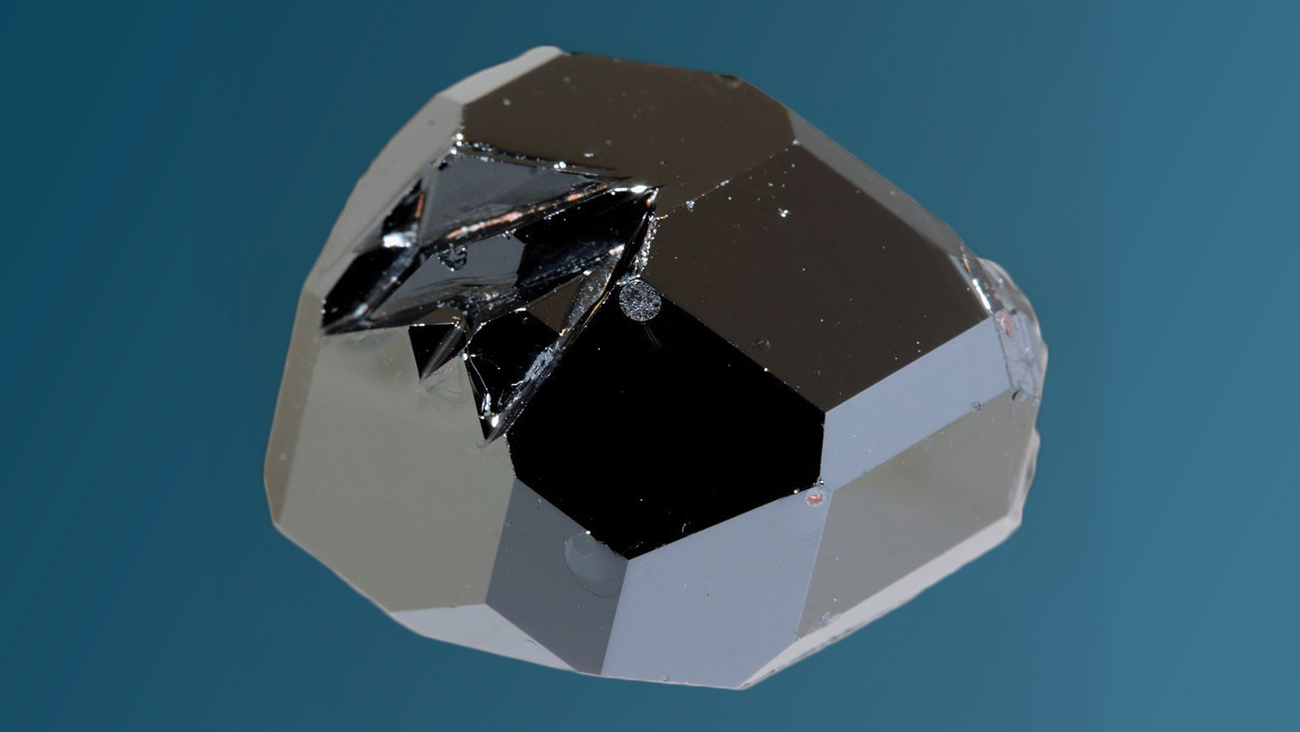
What is YIG and How Does It Work So Well?
Yttrium Iron Garnet (YIG) is a synthetic crystal that offers very high Q characteristics. (Learn more about Q factor in this wiki post: https://en.wikipedia.org/wiki/Q_factor ). This high Q provides the lowest phase noise performance in oscillators, and the most optimal multi-octave frequency tuning in both oscillators and filters.
YIG crystals are “grown”, like silicon crystals. The pulled crystal is “sliced and diced”, resulting in small YIG cubes. These small YIG cubes are then put into a “tumbler” that slowly shape the YIG cube into a YIG sphere (very similar to smoothing a stone for jewelry). The size of the YIG spheres range from 10-30 mils.
The YIG sphere is typically mounted on the end of a thermally conductive rod (usually beryllium for its advanced thermal management properties). This is done for two reasons: 1) The rod acts as a “tuning stick” for orienting the YIG sphere in the resonant circuit, and 2) YIG performs at its peak when its temperature is kept constant, and the rod acts a thermal conductor to/from a proportional heater. (YIG oscillators and filters have been designed without the beryllium rod and heater for lower cost. However, the impact on performance limits applications.)
How Does YIG Work?
YIG is a ferrite material that resonates at microwave frequencies when immersed in a DC magnetic field. This resonance is directly proportional to the strength of the applied magnetic field and has very linear “tuning” over multi-octave microwave frequencies.
The DC magnetic field is generated using an electromagnet, a permanent magnet, or a combination of both. The magnetic field of an electromagnet can be “tuned” using a variable current.
YIG crystal resonance is the alignment of external electron paths at the molecular level (precession), creating a “combined” magnetic dipole—a magnetic field resonating at microwave frequencies around the YIG sphere.
A highly polished sphere of single crystal YIG resonates at a frequency directly proportional to the applied magnetic field. Because of YIG’s high Q factor it is perfect for use as a resonator. Through various RF and microwave research and development projects, a variety of YIG materials have been grown to cover a vast range of frequencies, namely 500 MHz to 50 GHz. In most cases, the material is doped much like the doping in transistor growth or is combined with other material to yield unique high-frequency performance traits.
How Do We Use YIG?
Current generates magnetic fields, and magnet fields can generate current when coupled to a conductive “loop”. Skillfully handling these small conductive “loops” we couple to and from the YIG spheres resonant magnetic field to develop circuits that enable the industry’s highest performing oscillators, filters, multipliers, and synthesizers.
Want to learn more about the specifications and uses of YIG? Everything from magnet specifications to RF specifications and power consumption specifications can be found in our two tech briefs. Download them today.
Technology Description of YIG-tuned Oscillators >>
Technology Description of YIG-tuned Filters >>

